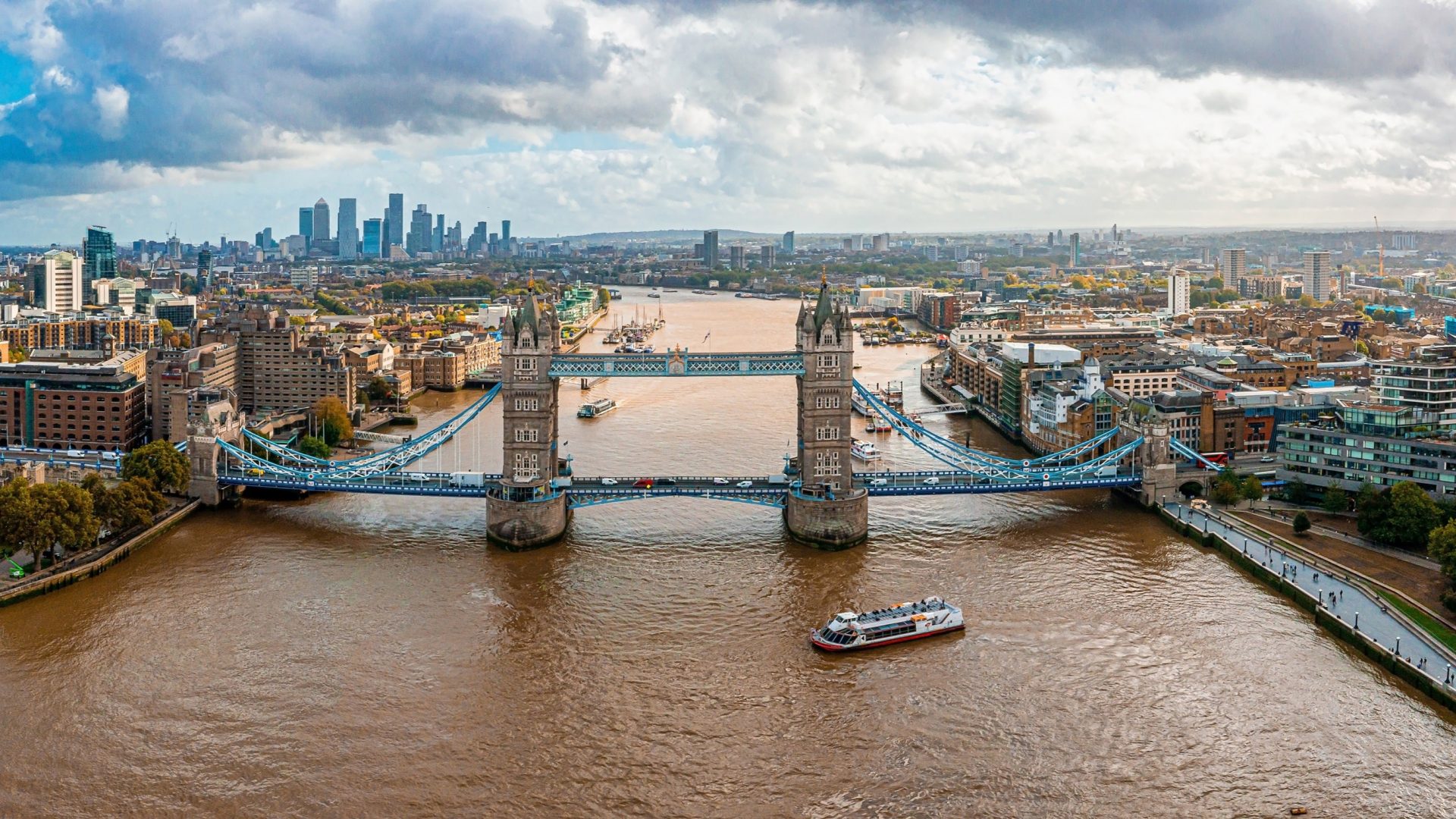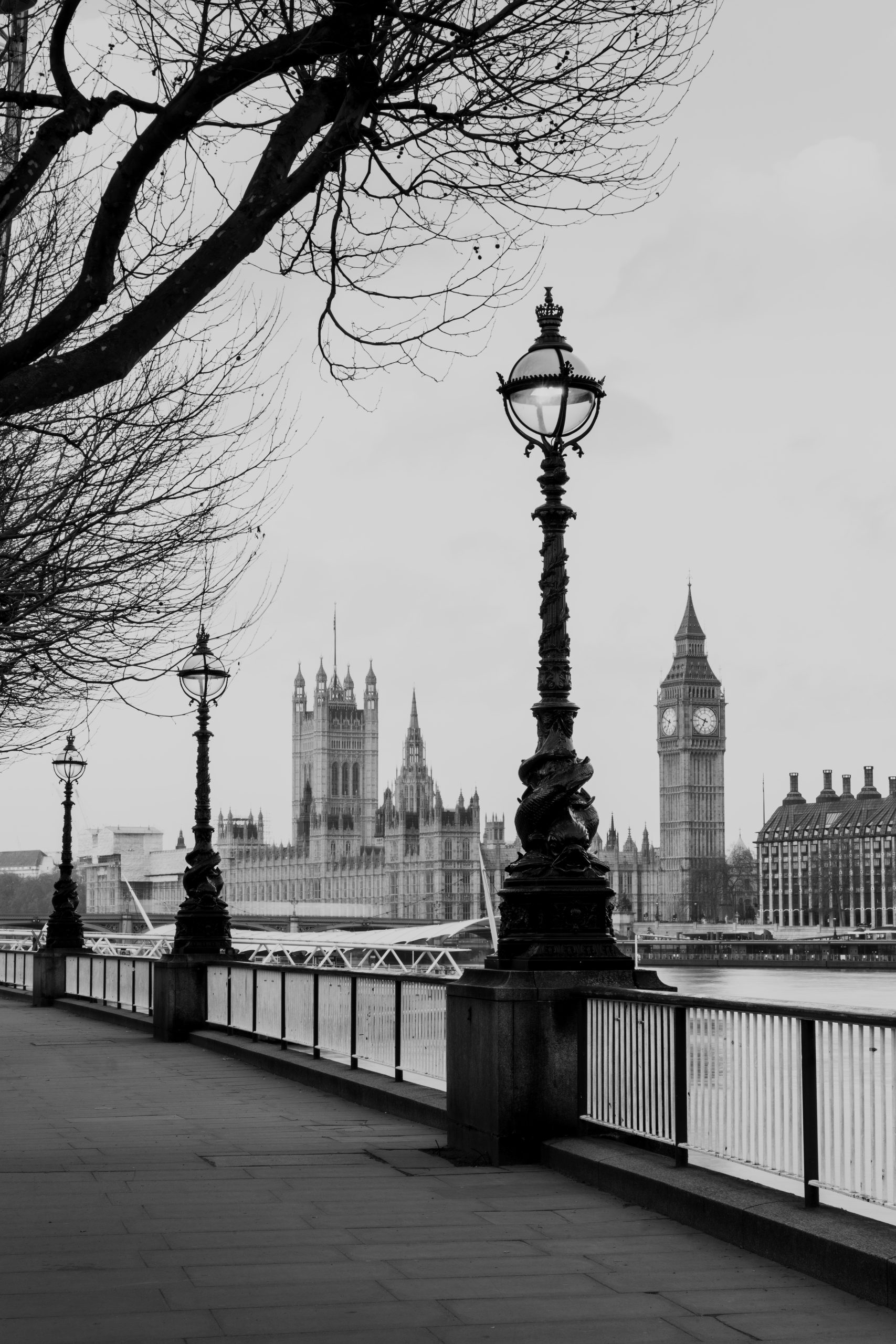
I was lucky enough to spend Easter on the Thames – in a houseboat at Richmond. It would be hard to get any closer to the water environment.
Having been alerted to the birdsong app Merlin, by a wonderful guide from Kent Wildlife Trust, during an Institute of Water site visit, I was set to find out which feathery friends were around us. What the app could not pick up was our nearest neighbours, the cranes quietly nesting on a tiny river island next to the boat.
I watched as they silently swooped down to the bank where they gathered willowy strands to line their new treetop home, which was the size of a barrel. Given the extraordinary scale and height of the build, it came to me that construction cranes probably got their name from these magnificent birds – nature-inspired nomenclature, if not design.
Cranes of the mechanical type have been very much in use at numerous sites along the Thames in service to the Thames Tideway project. It is eight years since construction of the 25km underground super-sewer began, and it reached completion last month, with full operation expected in 2025.
It is over 160 years since Joseph Bazalgette overhauled London’s sewerage system, transforming public health and inspiring countless towns and cities to upgrade their sanitary infrastructure. Getting rid of ‘the great stink’ meant moving sewage downstream and tens of millions of tonnes of combined stormwater and sewage have spilled into the river for decades.
Once the Tideway Tunnel is brought online, those volumes will be massively reduced. While there was once controversy about whether the project was ever the best way to manage the city’s sewage and run-off, it is here now and the boon for wildlife and people – in the heart of the UK’s capital should be celebrated.
Public expectations change, and the polluting legacy of Bazalgette’s celebrated public health revolution had to be addressed. Similar contradictions lie at the heart of many complex watery decisions that need to be made.
Given the scale of infrastructure required to meet the demands and stresses of climate change and population growth, as well as replacing ageing assets; planning needs to take into account not only the logistics of shifting water about, but the community and environmental benefits that can accrue – into the very long term.
London now has a population of nine million people – three times the number in Bazalgette’s day, along with millions of visitors, but the river still runs through like a lifeforce. New riverine spaces in central London will be ‘floodable’ at high tides, so people can paddle in a cleaner River Thames.
Dolphins and porpoises, sharks and seahorses, eels and seals, are just some of the creatures that will benefit, and present an incredible opportunity to connect a huge urban population directly with nature. Now the public’s interest and attention is on water, it is up to skilled people in decision-making roles to harness this passion to help make meaningful changes to our water infrastructure and wider environment – and the way these stories are told.
Another, much less grand milestone was reached at WiseOnWater last month as we hit our 10th anniversary. It gave me the opportunity to reflect on the role communicators play in helping to create a more sustainable water sector.
We enable vital conversations to take place, spreading the word about the infrastructure, technologies and solutions that are emerging and available, that can deliver the sustainable water world that people want. One of the most satisfying moments in this job is when I learn that a project exists because of an article a decision-maker read that was placed by WiseOnWater.
What excites me most about the future of water and wastewater is that the challenges that we face, which are great, are solvable and the solutions are already out there. If people can learn about the challenges and the myriad ways they are being addressed, then they can demand and deliver change, and we can create a water secure future everywhere.
I asked my friend with the houseboat if she ever swam in the Thames – oh yes, she said, on hot days when the currents are weak, “It’s impossible to resist.”




